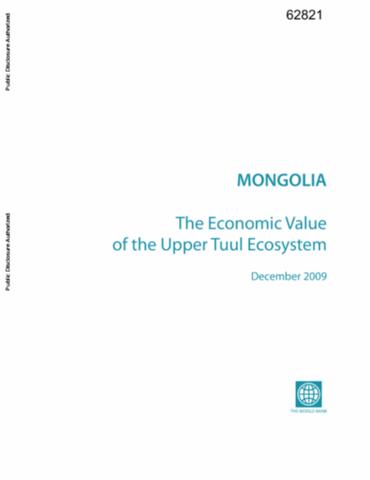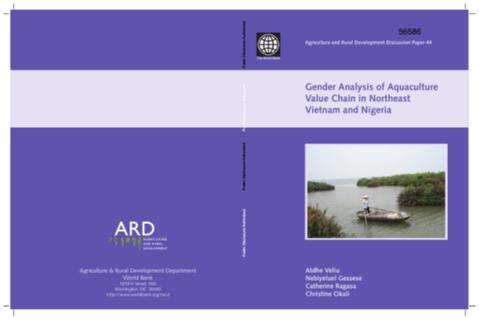Balancing the economic, social and environmental dimensions of agro-ecosystems: An integrated modeling approach
There is an increasing need to view agro-ecosystems and to identify remedial management practices in a holistic way. An integrated model based on the driving force-pressure-state-impact-response approach was developed as a tool to assess the effects of policies for improving decision making for the sustainability of agro-ecosystems. An economic model was linked to a process-based biophysical model by a meta-model. Then, a holistic indicator-based impact assessment system was linked to the integrated model to assess policy instruments.





